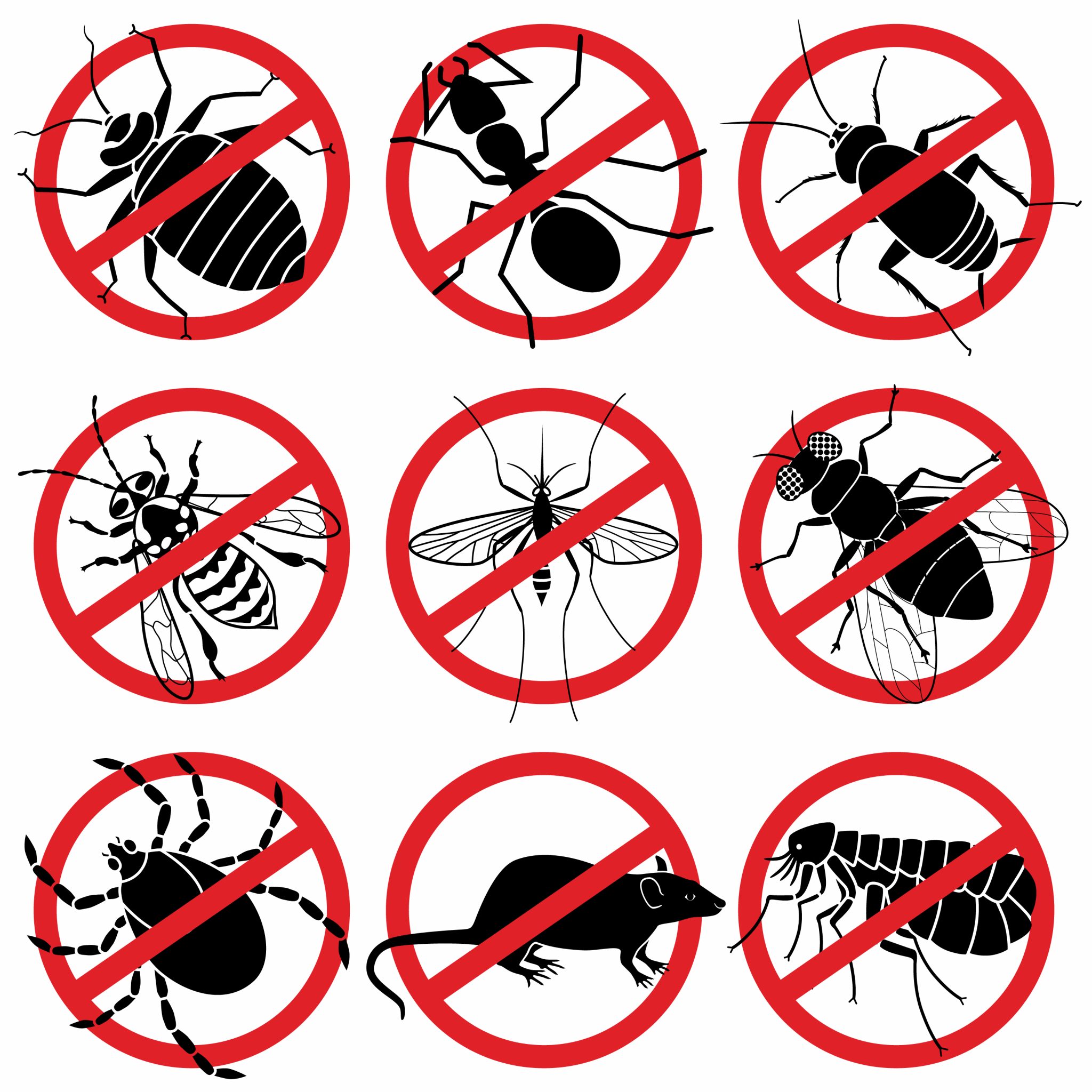The significant Effect of Climate Change on Bug Populations

Climate change is essentially transforming our environment, and its impact are becoming progressively evident in various aspects of our existence. One major result of these changes in climate is the influence on insect numbers, which can present challenges for homeowners and businesses alike. As temperatures rise and weather patterns become more erratic, pests are adjusting and changing their behaviors, resulting in more common infestations in our homes and neighborhoods.
Grasping the impact of climate change on insect management is crucial for creating effective strategies to keep our homes pest-free throughout the seasons. From spring pests to winter mice problems, being cognizant of how climate variations affect pest behavior can empower us to take proactive measures. This article will explore common household pests, the role of expert pest control, and practical tips for maintaining a pest-free space in each season. Let's dive into the critical information you need to protect your house and family against these tenacious intruders.
Grasping Bug Behavior and Climate Change

Climate change are altering environments across the world, and insect groups are also affected. Increasing temperatures and changing weather conditions are forming more favorable conditions for many common household pests. For instance, warmer winters permit insects like bedbugs and German roaches to survive and multiply in areas where they previously had difficulty to thrive. As https://rentry.co/3av6y2x7 continues to heat up, pests may migrate into other regions, carrying with them a range of issues for insect management.
Furthermore, higher precipitation and humidity can heighten the threats posed by pests. Mildew and mold flourish in damp conditions, often drawing insects such as ants and ants that can inflict significant harm to properties and real estate. Residents must be diligent in noticing these environmental changes, as they directly add to the spread of pests. Comprehending this relationship between climate and pest behavior is essential for effective pest management tactics.
Finally, the effect of climate change on pests can also create new challenges in controlling their groups. Classic pest control practices may become less effective as pests evolve to changing conditions. For instance, DIY pest control approaches may fail as pests gain resistance to certain treatments. It’s crucial for property owners to remain updated about the changing pest environment and explore more all-encompassing approaches, including regular professional pest control services, to ensure their homes pest-free all year long.
Effective Pest Management Solutions Strategies
To effectively control pest populations in your home, it is important to adopt a mix of preventative tactics, observation, and remediation strategies. Commence by ensuring that your home is adequately sealed. This includes checking for fissures in walls, voids around doors and windows, and blocking any paths where pests can access. Maintaining a tidy living environment is also crucial; frequently cleaning your kitchen and dining areas reduces food sources that draw pests. Additionally, eliminating standing water can help reduce many pest issues, especially mosquitoes.
Regular inspections perform a vital role in early detection of pest problems. By monitoring areas where pests are likely to enter, such as basements, attics, and crawl spaces, you can recognize potential infestations before they grow. Setting up professional pest control services periodically can improve your home’s protection. These professionals have the knowledge and tools required to identify various pests and apply efficient control methods that are non-toxic and eco-friendly.
When it comes to addressing existing infestations, it is essential to choose the appropriate approach based on the type of pest and the seriousness of the problem. For instance, some household pests such as ants and roaches may respond well to baiting systems, while others such as bed bugs might require more thorough treatment plans. Always follow the guidelines for application and safety, especially when using chemical treatments. By combining these strategies, you can develop a robust pest management plan that keeps your home free from pests year-round.
Proactive Strategies for Continuous Pest Management
To ensure a pest-free environment all year year, adopting preventive measures is essential. Start by sealing all cracks and crevices in your home’s exterior, as these gaps serve as entry points for different pests. Ensure that windows and doors fit tightly and place weather stripping if required. Regularly inspect your home for indications of pests and tackle any infestations right away to prevent additional problems.
Additionally, ensuring clean indoor and outdoor environments can greatly reduce the likelihood of pest invasions. Keep food stored in sealed containers and promptly clean up spills and crumbs. Outdoor areas should be kept tidy, with debris and standing water eliminated, as these draw pests like mosquitoes and rodents. Proper waste management also plays a key role, so make sure trash bins are secured and collected regularly.
Lastly, consider scheduling regular pest inspections with a professional pest control service. pop over to this website can spot potential issues before they escalate, providing peace of mind and guaranteeing that your home remains safe year-round. With vigilance and proactive measures, you can effectively manage pest populations and safeguard your living space.
